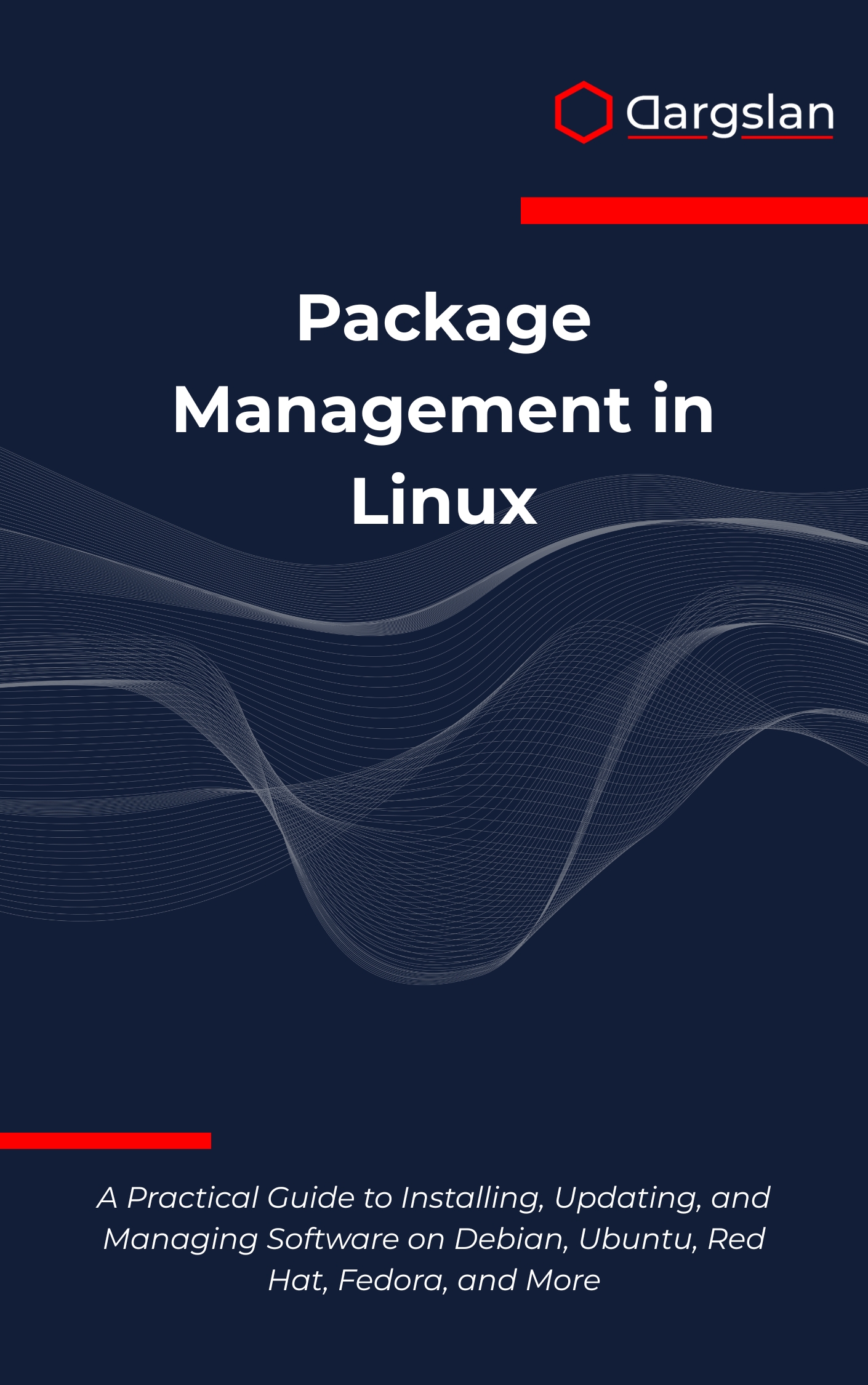Package Management in Linux
Package Management in Linux,Install, update, and manage software packages in Linux using apt, yum, and dnf tools.

Software doesn’t manage itself. If you’ve ever wrestled with dependencies, mismatched repositories, or slow rollouts across mixed Linux environments, this guide shows you how to take control—confidently and efficiently.
A Practical Guide to Installing, Updating, and Managing Software on Debian, Ubuntu, Red Hat, Fedora, and More
Overview
Package Management in Linux is your roadmap from routine installs to robust, repeatable software operations across diverse distributions. In A Practical Guide to Installing, Updating, and Managing Software on Debian, Ubuntu, Red Hat, Fedora, and More, you’ll learn how modern package ecosystems work under the hood and how to apply them with precision. Whether you’re scaling servers or maintaining developer workstations, this Linux resource turns day-to-day tasks into streamlined processes.
Inside, you’ll explore APT package management and dpkg operations on Debian and Ubuntu; the RPM package format with YUM and DNF tools on Red Hat and Fedora; modern Snap packages, Flatpak applications, and AppImage distribution; plus repository management, package building, dependency resolution, automation scripting, troubleshooting techniques, security practices, and enterprise deployment. The coverage is practical, example-driven, and ready for real-world use.
Designed as an IT book and reference you’ll return to repeatedly, this programming guide and technical book includes hands-on walkthroughs, checklists, and reusable patterns. You’ll master both high-level workflows and low-level commands, learn when to prefer one tool over another, and confidently navigate mixed environments without guesswork.
Who This Book Is For
- System administrators and SREs who want faster, safer updates across fleets, with proven strategies for staging, rollbacks, and compliance.
- Developers and DevOps engineers seeking clear outcomes like reproducible builds, minimal images, and reliable CI/CD packaging pipelines.
- IT learners and career switchers ready to build in-demand skills—start practicing now and move toward higher-impact roles with confidence.
Key Lessons and Takeaways
- Master cross-distro workflows—use APT, YUM, and DNF effectively while understanding dpkg and rpm fundamentals for precise control.
- Implement resilient repository management—mirror, cache, sign, and secure repos to reduce downtime and eliminate supply-chain surprises.
- Automate everything—script installs, updates, audits, and compliance checks so you can scale from one machine to thousands without friction.
Why You’ll Love This Book
This guide blends clarity with depth. Each concept is explained in plain language, then reinforced with step-by-step instructions, so you can implement immediately without wading through theory.
You’ll find practical examples, from resolving dependency hell to packaging internal tools and handling rollbacks gracefully. The result is a toolkit you can reuse daily—whether you manage a single workstation or an enterprise estate.
How to Get the Most Out of It
- Follow a cross-distro path: start with APT and dpkg to build fundamentals, then move to RPM, YUM, and DNF for Red Hat and Fedora. Finish with Snap, Flatpak, and AppImage to handle universal packaging needs.
- Apply as you learn: replicate examples on a VM or lab server, experiment with staging repositories, and benchmark update strategies before rolling them out.
- Build portfolio-ready mini-projects: create a local mirror, package a small internal tool, integrate automated updates into CI, and document your deployment playbook.
What You’ll Be Able to Do
By the end, you’ll confidently orchestrate updates, manage repositories, and build packages that behave consistently across environments. You’ll know when to rely on distribution-native tooling and when modern formats like Snap, Flatpak, or AppImage are the better fit.
Just as importantly, you’ll be equipped to automate routine tasks and audit your systems, reducing human error while improving speed and security. From enforcing trusted keys to handling post-install scripts, you’ll operate like a seasoned package management pro.
Topics Covered at a Glance
- Debian and Ubuntu: APT package management, pinning strategies, and dpkg operations for granular control.
- Red Hat and Fedora: RPM package format fundamentals, YUM and DNF tools, and repo configuration best practices.
- Universal formats: when to choose Snap packages, Flatpak applications, or AppImage distribution to streamline delivery.
- Advanced workflows: repository management, package building, dependency resolution, and automation scripting to scale operations.
- Operations excellence: troubleshooting techniques, security practices, and enterprise deployment patterns that minimize risk.
Real-World Scenarios You’ll Tackle
- Reduce downtime with blue/green updates and quick rollbacks using version pinning and cached mirrors.
- Build and sign custom packages for internal apps, then distribute them via a secured private repository.
- Standardize mixed environments with policy-driven installs and automated remediation for drift.
Why It Matters Now
Linux environments are more diverse than ever, spanning servers, containers, and developer machines. Getting package management right means faster delivery, fewer incidents, and stronger security posture across the board.
If you’ve felt held back by trial-and-error or distro-specific quirks, this guide replaces uncertainty with a clear, repeatable approach you can trust.
Get Your Copy
Ready to upgrade your toolkit and manage software like a pro across Debian, Ubuntu, Red Hat, Fedora, and beyond? Take the next step and put these practices to work today.




